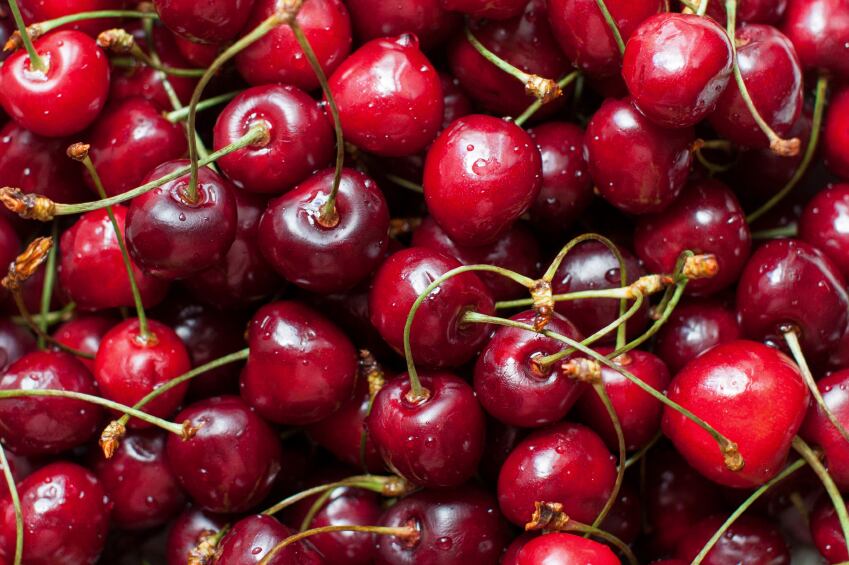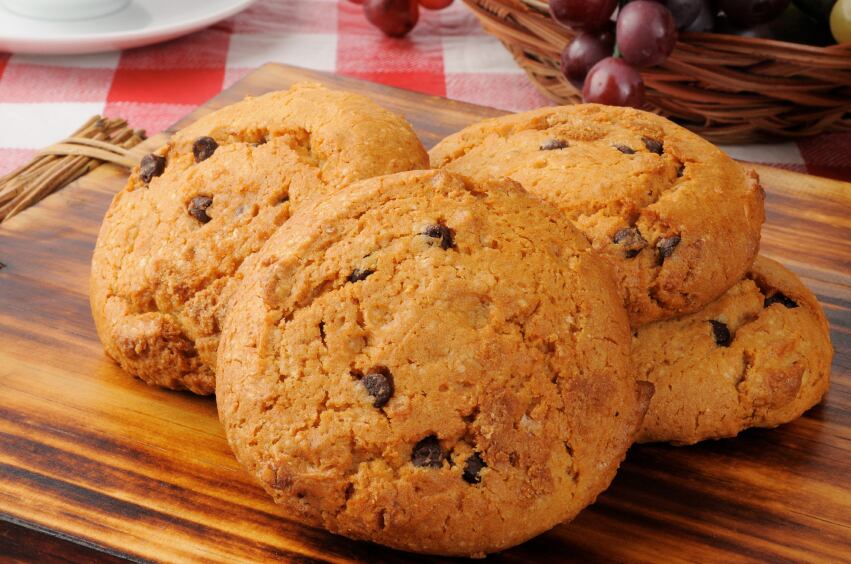The method of encapsulating this extract for inclusion in everyday foods represents a promising way forward for functional food development.
These products could also present a better alternative to dietary supplements in terms of safety, consumption, delivery and effectiveness of bioactive compounds in vivo.
The extract is a bioactive polyphenol known as pomace, a by-product produced from juice processing. These compounds have limited use in the food industry due to their unpleasant taste and off-colour.
Natural phenolic compounds are also unstable to pH and enzymes, which limit their potential health benefits after oral administration.
A technique often used to overcome these drawbacks is encapsulation whereby the bioactive compound is wrapped in a biopolymer protecting it from environmental factors. The biopolymer can also change liquid solutions to powders for easier handling.
Sour cherry selection

In the study, researchers from the University of Novi Sad in Serbia used sour cherry for its pronounced dark red colour, indicating high anthocyanin content.
The pomace extract was then mixed with whey or soy protein, with additional 200 ml of water. This mixture was then blended with cookie samples containing wheat flour and whey (WE) and soy protein (SE).
Cookies containing 10% of the encapsulate powder were marked as WE10/SE10, and those with 15% of encapsulate powder were marked as WE15/SE15.
These control and enriched cookies (WE10, WE15, SE10 and SE15) were then stored at 25°C in polyethylene bags for four months to determine the stability of total polyphenols, anthocyanins, antioxidant activity and colour properties.
After four months, polyphenols were extracted from the sour cherry pomace and found to be present at the amount of 645.3 mg gallic acid equivalent (GAE) per 100 g dry pomace.
Resulting total polyphenol and anthocyanin contents in WE were 78.99 mg GAE/100 g and 20.54 mg cyanidine-3-glucoside (CyGE)/100 g, and in SE 178.88 mg GAE/100 g and 32.06 mg CyGE/100 g, respectively, showing the ability of these proteins to bind polyphenols and anthocyanins.
“These results suggest that the interactions between bioactive compounds and the coating material allowed greater trapping of polyphenols on soy protein isolate compared to whey due to higher content of proteins,” the study said.
Results also showed anthocyanin retention was significantly higher when compared to the retention of total polyphenols, except in the case of SE15.
The team believed whey exhibited significantly lower protection against thermal degradation during baking compared to soy proteins, probably due to higher content of proteins in SE acting as a protective coating during thermal processing.
Fortifying cookies

Previous studies have shown microencapsulation to enhance stability, antioxidant activity and in vitro release of polyphenols from blueberry.
Additional studies showed that due to interactions with proteins, polyphenols could be delivered to lower parts of the gastrointestinal tract, increasing their bioavailability and bioaccessibility, but also preserving their anti-proliferative activity, suggesting further that proteins are good carriers of polyphenols.
Several studies have also demonstrated improved nutritional qualities that result from fortification of cookies with various sources of bioactive compounds.
One study produced cookies with peanut skins, while another study used papaya pulp flour as a substitute for normal wheat flour used in cookies. Another recent experiment used 15–20% apple pomace flour in fortified cookies.
Source: Food Chemistry
Published online ahead of print, doi:10.1016/j.foodchem.2016.03.082
“Sour cherry pomace extract encapsulated in whey and soy proteins: Incorporation in cookies.”
Authors: Vesna Tumbas Šaponja, Gordana Ćetković, Jasna Čanadanović-Brunet, Biljana Pajin, Sonja Djilas, Jovana Petrović, Ivana Lončarević, Slađana Stajčić, Jelena Vulić
